The terrible story of the marble head in Piazza Navona
In a Roman palace in Piazza Navona, precisely at number 34, it is possible to see a marble head protruding solitary from the facade.
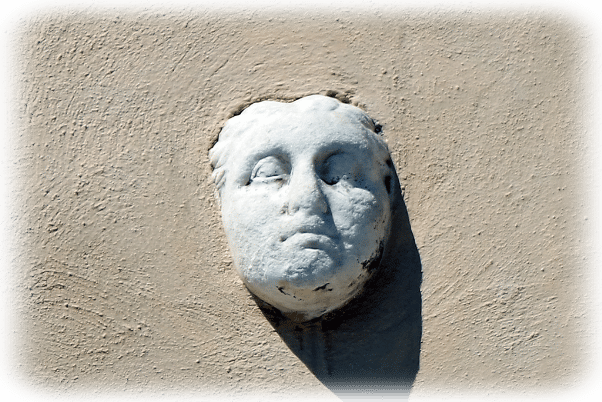
Why is there this isolated face and what does it represent?
A popular tradition that has been handed down over the centuries tells that in the second half of the sixteenth century Pope Sixtus V loved to mix with the crowd, disguised as a commoner, to measure his level of popularity among the Romans.
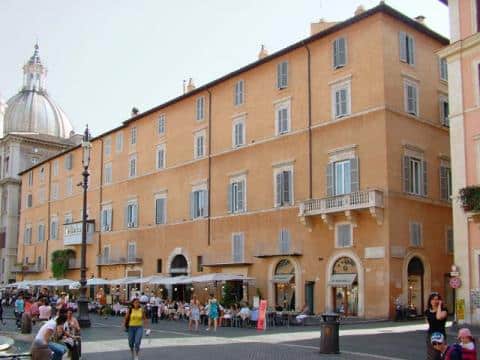
The Pope took off his papal clothes, dressed in other less elegant clothes and, mixing with plebeians and common people, listened, trying not to be recognized, that people really thought of him. One day, while entertaining himself in an osteria in Piazza Navona, he listened and heard the speeches of an innkeeper, who made very critical judgments towards the papal power. In fact, the innkeeper complained, repeatedly insulting the Pope, because of a new tax on wine. The next day the innkeeper found a gallows mounted in front of his tavern and this made him happy, because he was looking forward to a good income for the people who would throng nearby; in reality the gallows was intended for his head, which was cut off. In fact, the poor innkeeper was arrested and immediately executed.
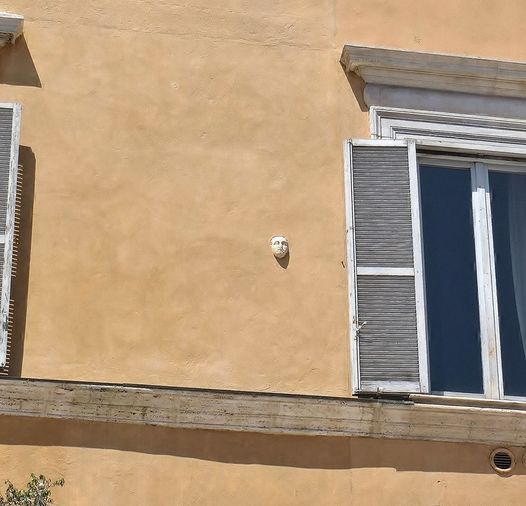
His friends, to remember that fact and the memory of man, decided to arrange a portrait of the host friend by inserting it into the wall. Even today that marble head is there, as a warning and advice not to talk recklessly about anyone in front of strangers.
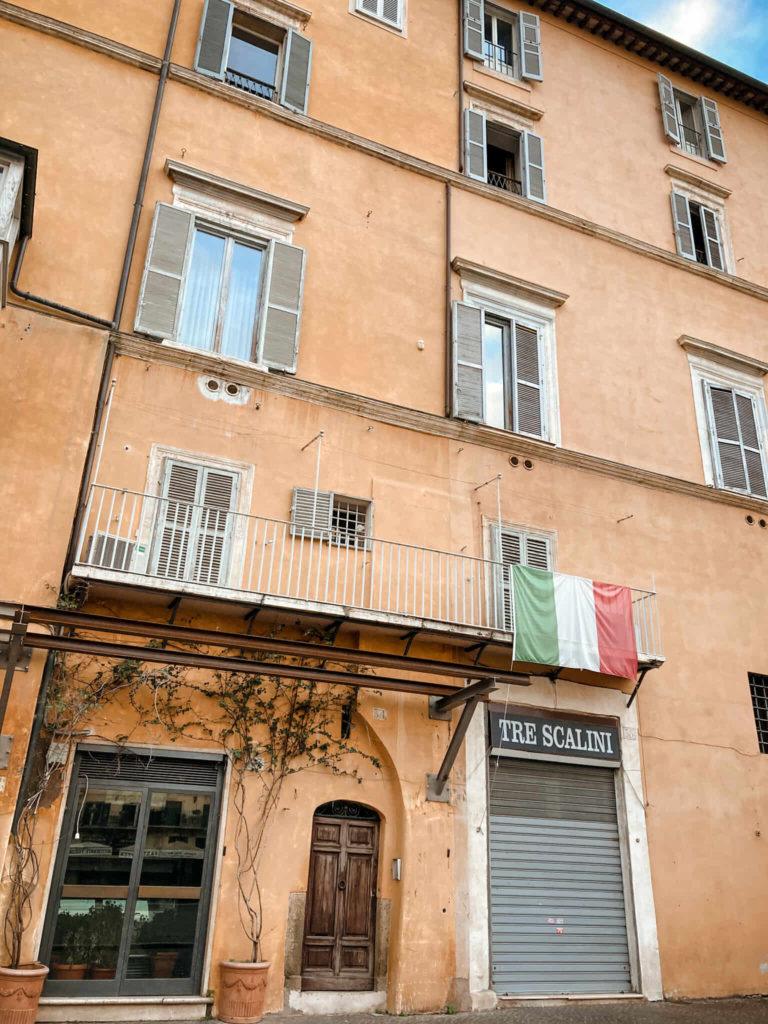
The head is located on the wall of Palazzo Tuccimei (formerly Palazzo de Cupis), already known for the story of the phantom hand. The head will surely escape to the unattended eye, also considering the size and beauty of the square. That’s why to see it you have to look carefully, in fact this small white marble face that protrudes from the wall usually goes unnoticed. Palazzo Tuccimei (formerly de Cupis Ornani) was built in the second half of the 16th century, on a small building and neighboring houses from the previous century. The palace overlooks Piazza Navona, one of the most famous monumental squares in Rome, built in the monumental style by the Pamphili family at the behest of Pope Innocent X (Giovanni Battista Pamphili) with the typical shape of an ancient stadium.
Sixtus V, born Felice di Peretto da Montalto and at thirty Felice Peretti was the 227th pope of the Catholic Church from 1585 to his death di lui; he belonged to the order of conventual minor friars.
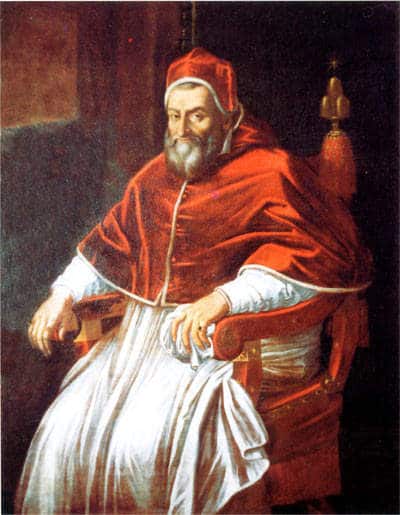
Sixtus V went down in history as “er papa tosto”, thanks to the verses of Gioachino Belli. No pope later adopted the name Sixtus despite the fact that he left us the famous Sistine Chapel and much more.
Returning to our head, which is located not far from a famous bar, some argue that it is simply the head of a ghost but tradition and the old Romans maintain that the rumor about the innkeeper is true.
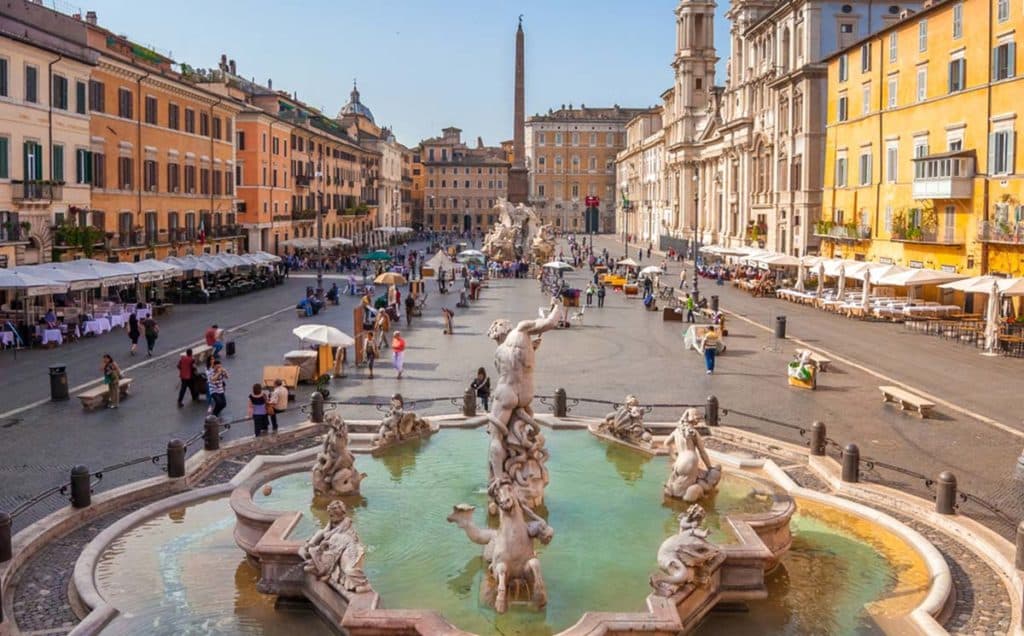
We prefer to think it was placed there to remember the courage of those who died in order not to give up freedom of expression.
